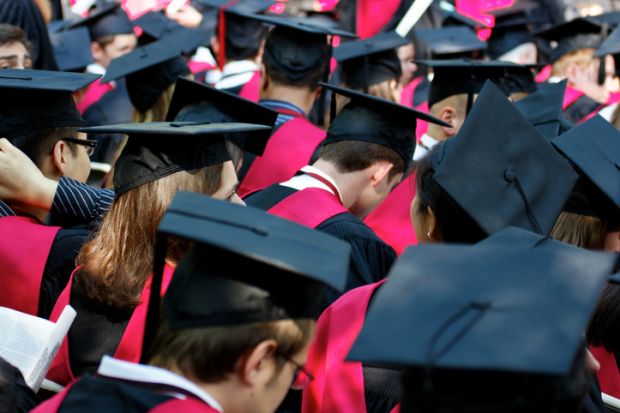US colleges and universities are promising a future of ever-greater racial diversity, insisting that the nation’s deeply partisan Supreme Court will not get in the way.
“We will not allow this decision to move our country backward,” the nation’s main higher education association, the American Council on Education, said after the top US court reversed decades of legalised attempts to reverse the nation’s history of race-based segregation.
“Instead,” the ACE declared, “colleges and universities will redouble efforts to pursue our missions, which absolutely requires maintaining equitable and diverse campuses.”
The vow was reiterated by academics and their supporters across the country in the aftermath of the ruling against the admissions policies of Harvard University and the University of North Carolina at Chapel Hill.
Both institutions have been allowing some race-based considerations, in line with previous Supreme Court rulings dating back to a University of California case in 1978.
But the current Supreme Court – with a 6-3 conservative majority amplified by three hard-right selections during the Trump administration – rejected the practice as constitutionally impermissible “racial stereotyping”.
The justices backed the contention of conservative plaintiffs in the two cases that, in the nearly 50 years since the court’s University of California ruling, “racial progress on campuses adopting affirmative action admissions policies has stagnated”.
The ACE called the reasoning “sad” and “misguided,” and made particular note of major US corporations and the US military deliberately seeking racial balance in their operations, agreeing that “diversity in the classroom leads directly to a more productive workforce and cohesive armed forces”.
US higher education has clearly grown more diverse over the past several decades, though that progress is marked by some clear cases – including Harvard and the University of California – where the slow pace of advancement has drawn protests.
Harvard is one among several elite institutions that, as the justices noted during oral arguments in the case in November, has refused to abandon preferences for relatives of alumni and for athletes, often favouring white and wealthier applicants.
And the California system saw a sharp drop in black enrolment after the state’s voters rejected affirmative action in admissions in 1996, and it has not recovered that loss in the nearly three decades since then.
Some experts suggested that a leading option for avoiding the loss of black enrolment after the court ruling would involve the greater use of personal essays, through which students could describe their struggles with racial inequity without being explicitly categorised by race.
During oral arguments in the case, the Biden administration asked for the justices to permit that option, and the court’s ruling appeared to comply. “Nothing prohibits universities from considering an applicant’s discussion of how race affected the applicant’s life, so long as that discussion is concretely tied to a quality of character or unique ability that the particular applicant can contribute to the university,” the justices wrote in their opinion.
And yet that option already existed at places such as the California system, with limited effect.
Harvard and UNC offered no immediate strategy for how they might now compensate.
“Our leadership team will need time to thoroughly review the details of this outcome and its potential impact,” said UNC’s chancellor, Kevin Guskiewicz, “before determining specifically how we will comply with this decision.”




